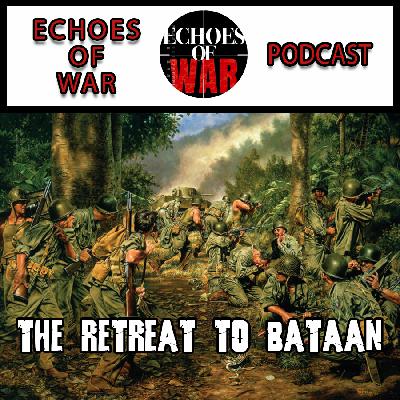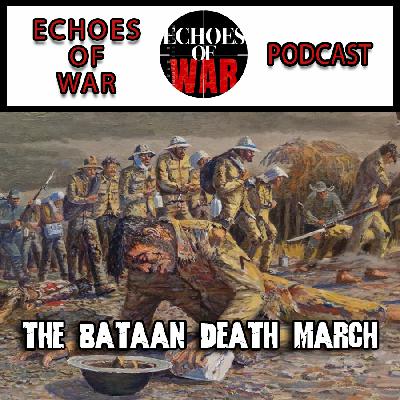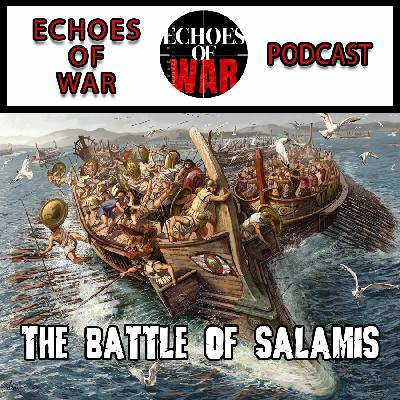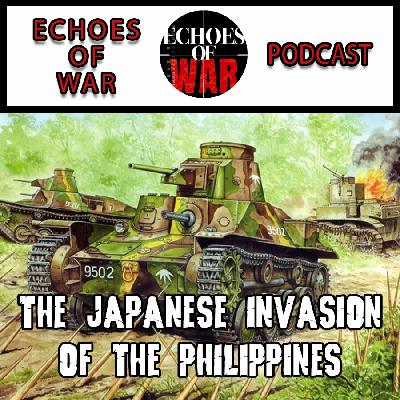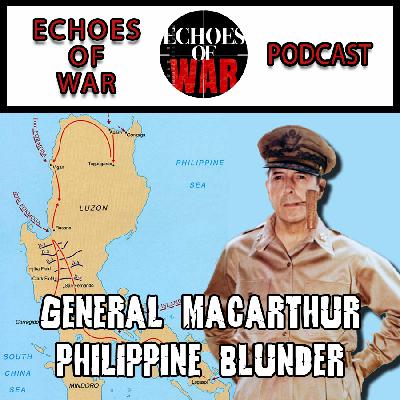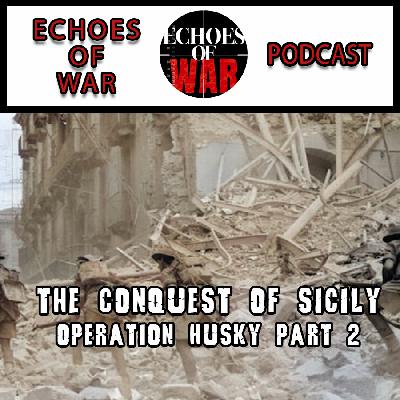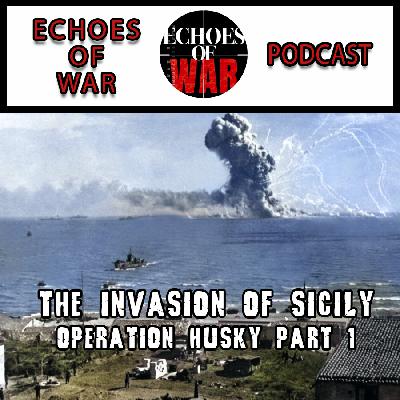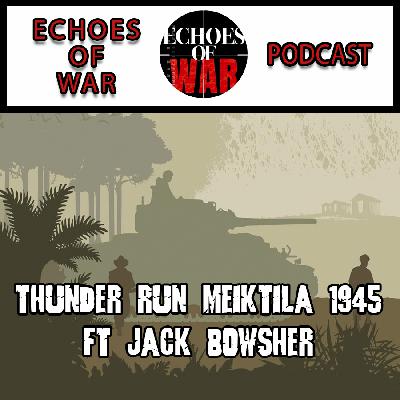The Battle of Bataan
Description
In a steamy dawn on the Philippine island, the air crackled with the distant drums of war. The Battle of Bataan began as a clash of stubborn wills: American and Filipino soldiers holding a rocky line against a tide of Japanese assault. The defenders trained for this moment, yet shortage gnawed at their ranks—fuel, medical supplies, and food thinning away like sand in a fading hourglass. General Douglas MacArthur watched from the command tent, his face a mask of resolve, even as the far-off horizon whispered of tough choices. Every sunrise brought a new test. Bombs shook the ground, but courage held firmer than fear. The soldiers found strength in small rituals—the shared bread, the whispered prayers, the quick jokes that lightened the load between shell bursts. Leaders moved like chess players in a blizzard, improvising defenses, delaying the enemy to give comrades time to regroup. Filipino fighters, known for their grit, stood shoulder to shoulder with their American allies, a tapestry of resilience stitched together by duty. As days turned to weeks, the defenders faced a grim arithmetic: dwindling resources versus mounting Japanese pressure. MacArthur’s decisions sparked fierce debate—hallmarks of a commander trying to balance hope with harsh reality. Still, the stubborn defense bought precious time for those aboard the line, a testament to tenacity under impossible odds. When the siege finally pressed to the breaking point, the world watched, learning from the grit etched into every dugout and every returned volley. Bataan’s memory survived not just as a battlefield, but as a beacon of endurance against overwhelming odds.

